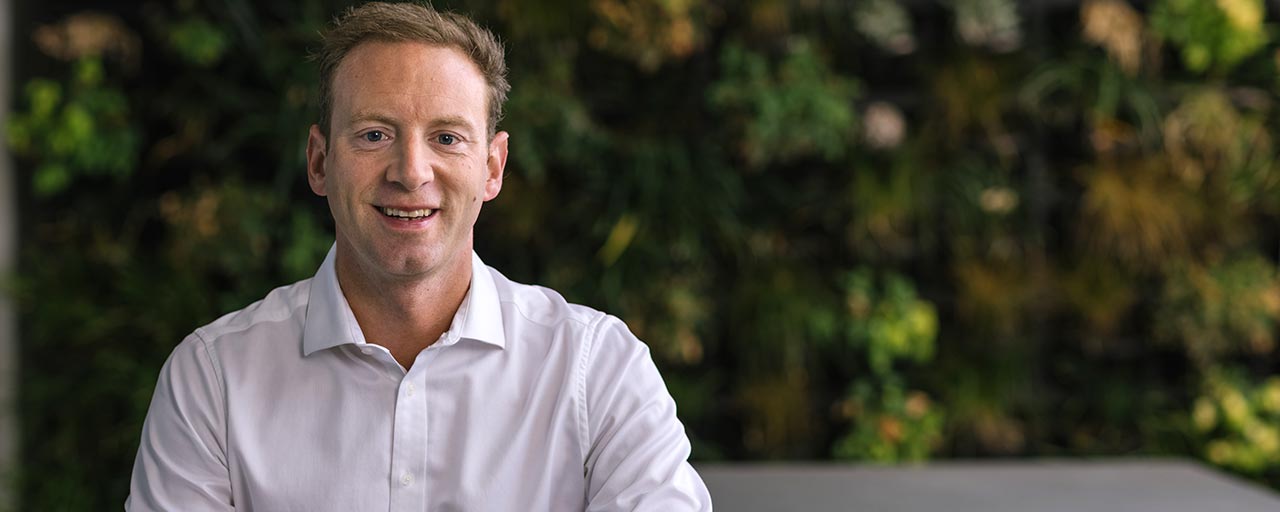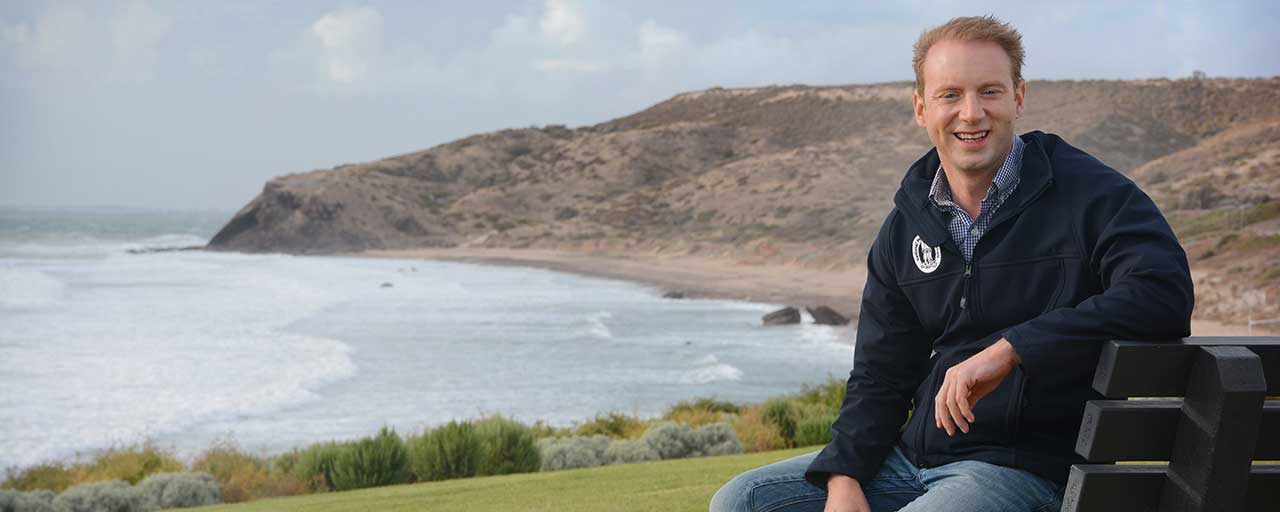Stage two of Southern Flinders Precinct takes shape

MEDIA RELEASE
Stage two of the mountain biking trail development at WIllowie in Mount Remarkable National Park is set to get under way with Trailscapes, an Adelaide based trail construction company, announced as the successful contractor.
The new development is part of the Morrison McCormack Government and Marshall Liberal Government’s $10 million Remarkable Southern Flinders Ranges project, and will create an additional 18 kilometres of dedicated singletrack trails at the forest.
This network of trails has been developed in consultation with Bike Melrose and once completed will form a network of more than 20km of dedicated mountain biking trails in the reserve.
The trails are designed for beginner and intermediate cyclists but will feature progressive trail elements with optional challenges for more seasoned riders.
Visitors can access the reserve using the Melrose to Wilmington rail trail or via the soon to be upgraded car park and facilities, which will include public toilets and picnic areas.
Minister for Environment and Water David Speirs said the new trails would help to ensure that the region became a world-class adventure tourism precinct.
“The rugged landscapes of the Southern Flinders Ranges are within easy reach of Adelaide and feature ranges, peaks, gorges and forests, including high-quality native vegetation and reservoirs, which stretch from Beetaloo to Wilmington,” Minister Speirs said.
“The Remarkable Southern Flinders Ranges project is a key part of our Parks 2025 strategy to reinvigorate our regional communities and cement South Australia’s place as a world-class eco-tourism destination.
“This next step of the precinct, the development of these additional 18km of trails at Willowie Forest will enable the expansion of these soft adventure, mountain bike trails.
“This is just one of our Parks 2025 projects across South Australia to revitalise our national parks to boost visitor numbers and improve conservation.”



